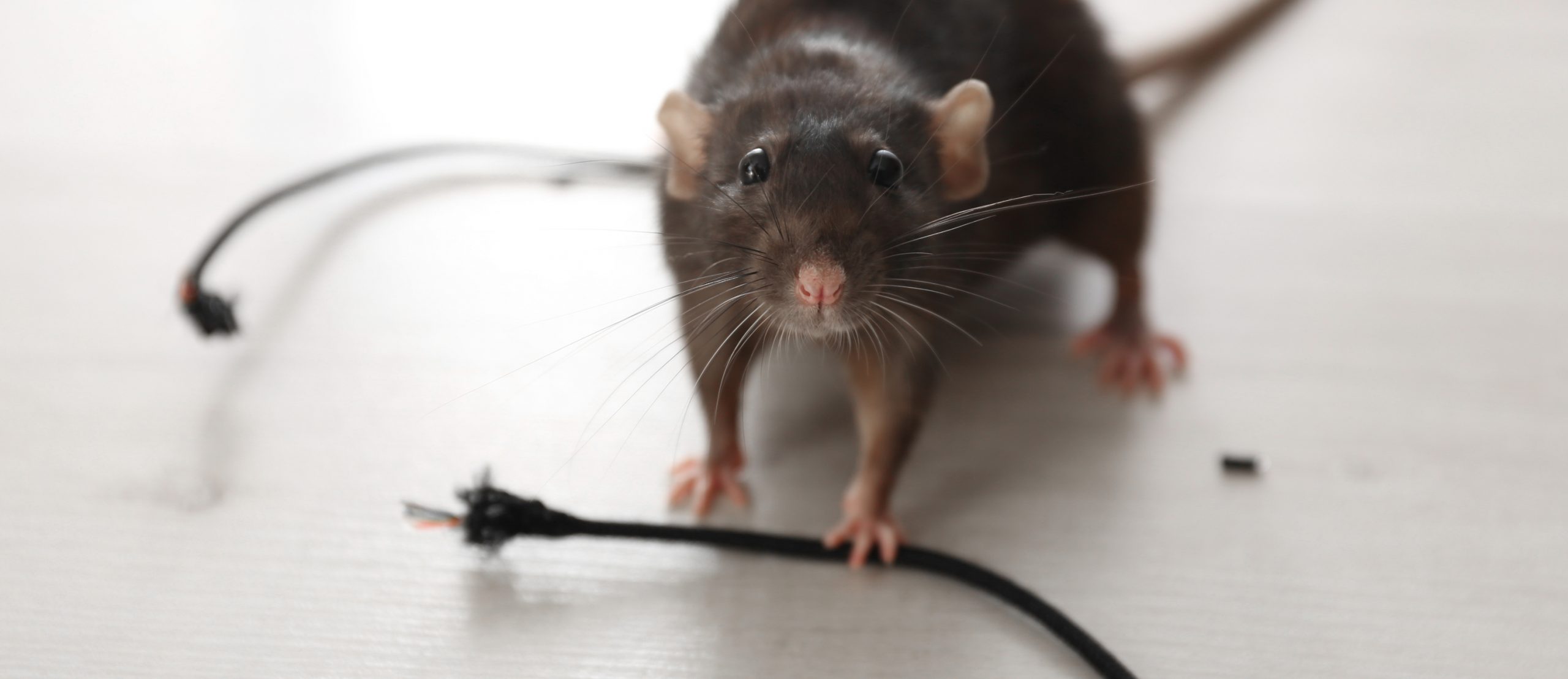Rat Myths and Facts
The cooling autumn weather can bring with it problems with rat infestations, as rats seek warmth and shelter in houses. You may have come across all kinds of claims about rats – but which ones are actually true? Read on for some common rat myths and facts:
“You are never more than 6ft away from a rat” – Myth
This one is luckily a myth. This claim been going around for over 100 years, but Dr Dave Cowan from the wildlife programme at the Food and Environment Research Agency analysed previous studies of rat population numbers to come up with a much lower estimate. Rats in Britain live almost entirely close to human activities, meaning they’re found around houses, commercial premises and sewers, but finding rats in your home is very rare, with less than half a percent of houses having rats. According to Dr Cowan, you’re more likely to be at most about 164ft (50m) away from a rat in urban areas, which is much less scary than 6ft!
“Rats carry the plague” – Myth
This isn’t quite right. Rats are, in fact, affected by the plague same as humans. The rat flea, on the other hand, can transmit the plague through its bite, and it was infected fleas on black rats that partly spread the Black Death which killed more than a third of Europe’s population. The plague still persists to this day in reservoirs of infected rodents found in some countries of Asia, Africa and the Americas.
However, a recent study by the universities of Oslo and Ferrara modelled and analysed transmission patterns in nine European cities, and found that human fleas and lice were more likely to be responsible for how fast the plague spread in the 1300s. “Our study suggests that to prevent future spread, hygiene is most important,” states Prof Nils Stenseth from the University of Oslo.
“Rats can get into your house through your toilet” – Fact
This is true. Rats are excellent swimmers, can squeeze through small gaps, hold their breath underwater for 3 minutes and can tread water for 3 days. Rats thrive alongside humans and seek warmth, food, and build nests within buildings. They use drains to travel un-noticed into the buildings, and can travel through pipes directly to the back of a toilet, where they often chew the flexible toilet pan connector, causing upset and damage.
To put a stop to rats climbing up drain pipes, you can use a rat blocker. Quality rat blockers effectively block rats in drains from travelling upstream towards a building. The rat blocker blocks the approach of the rat with a chew proof stainless steel door, but also allows the waste to travel in the other direction without issue. Find out more about rat blockers HERE.
“Mutant Super Rats exist” – Fact
Unfortunately yes. According to the British Pest Control Association (BPCA), rats are feeding on supposedly toxic rat poison pellets, developing resistance to poison. A study from the University of Reading revealed a new generation of rats carrying a genetic mutation which makes them resistant to conventional poison. Rats without the genetic mutation are being killed off by poison, so the resistant species are taking their place, leaving a growing population of resistant mutated rats.
Dee Ward-Thompson, BPCA Technical Manager, explains: “This rise in resistance could be due to a number of factors. However, it is most likely the spread has been accelerated by the application of rodenticides, by amateurs such as home and business owners doing it themselves or employing an unqualified individual to try to resolve the problem.”
Still have questions about rats? Visit our Pest Control Knowledge Base!








